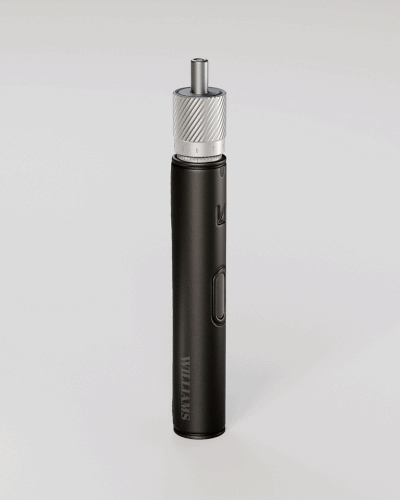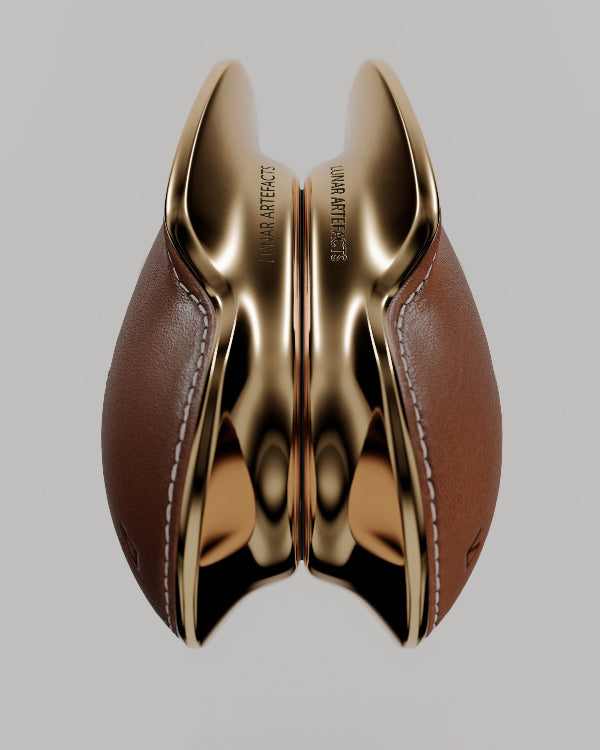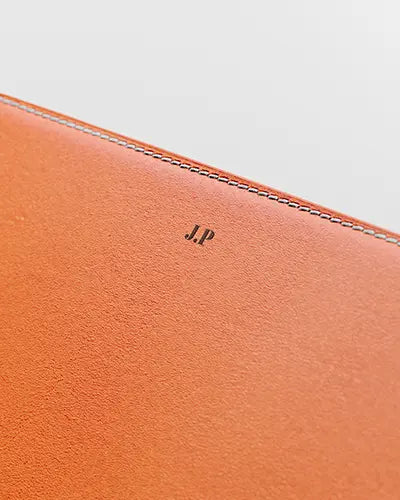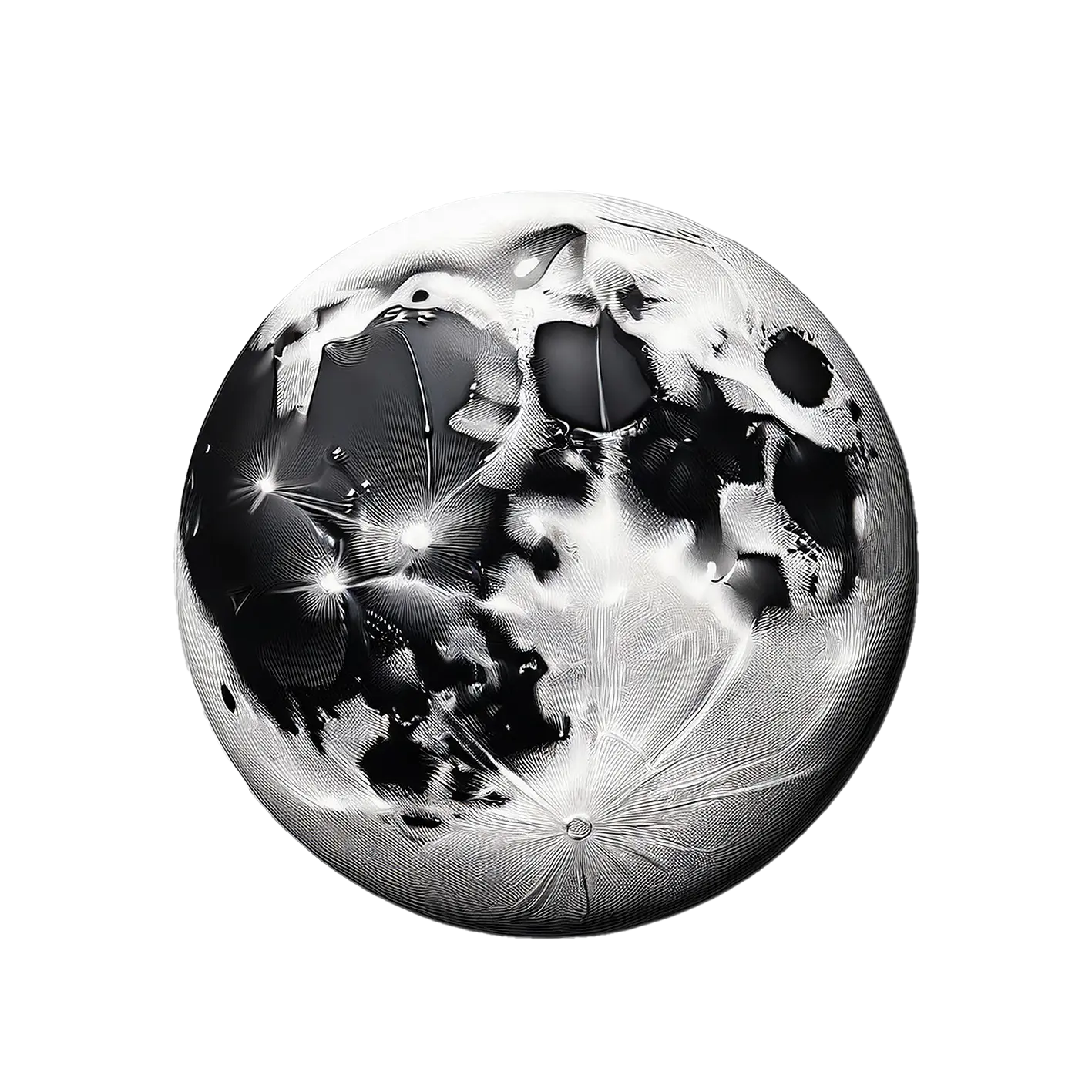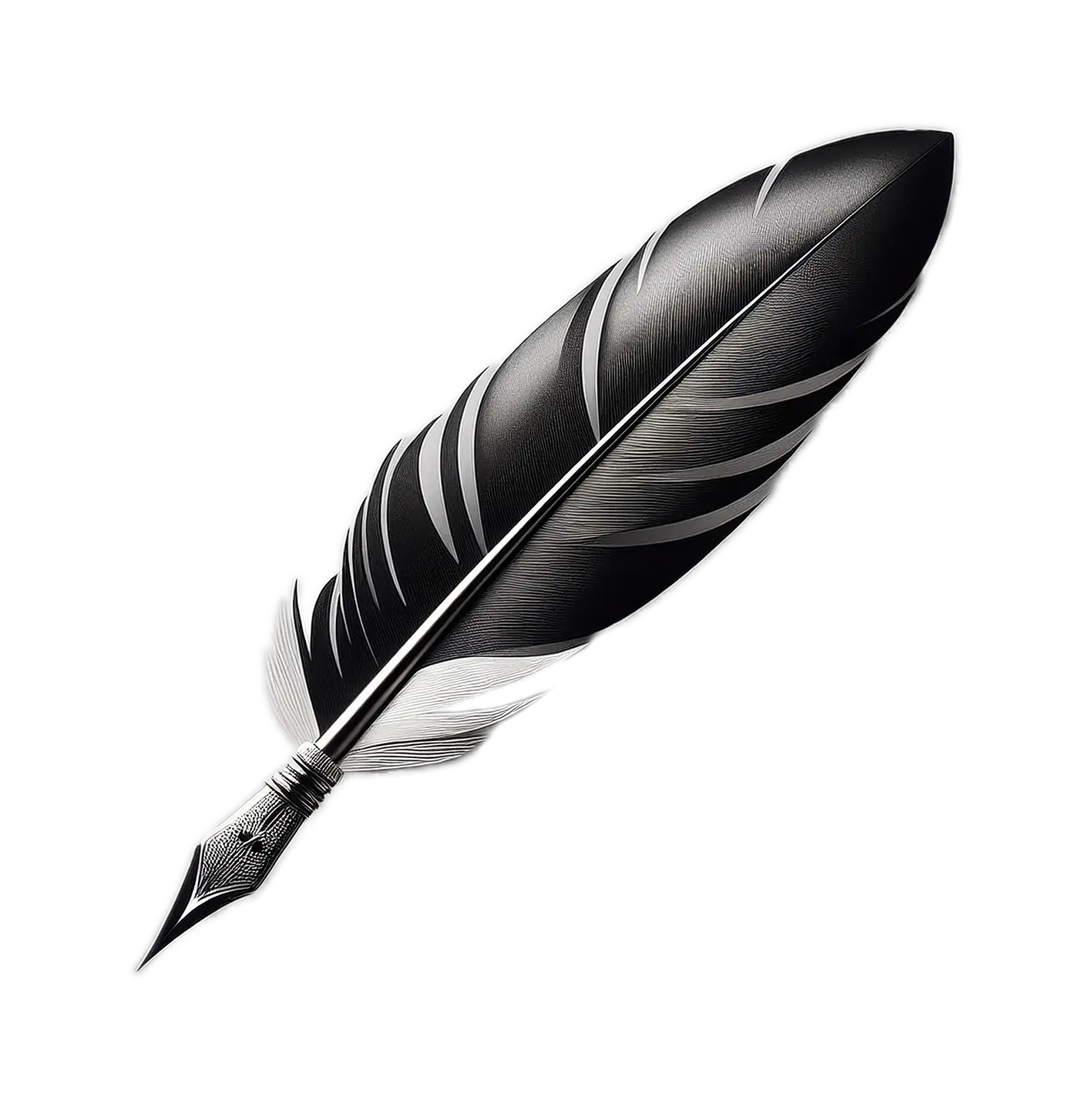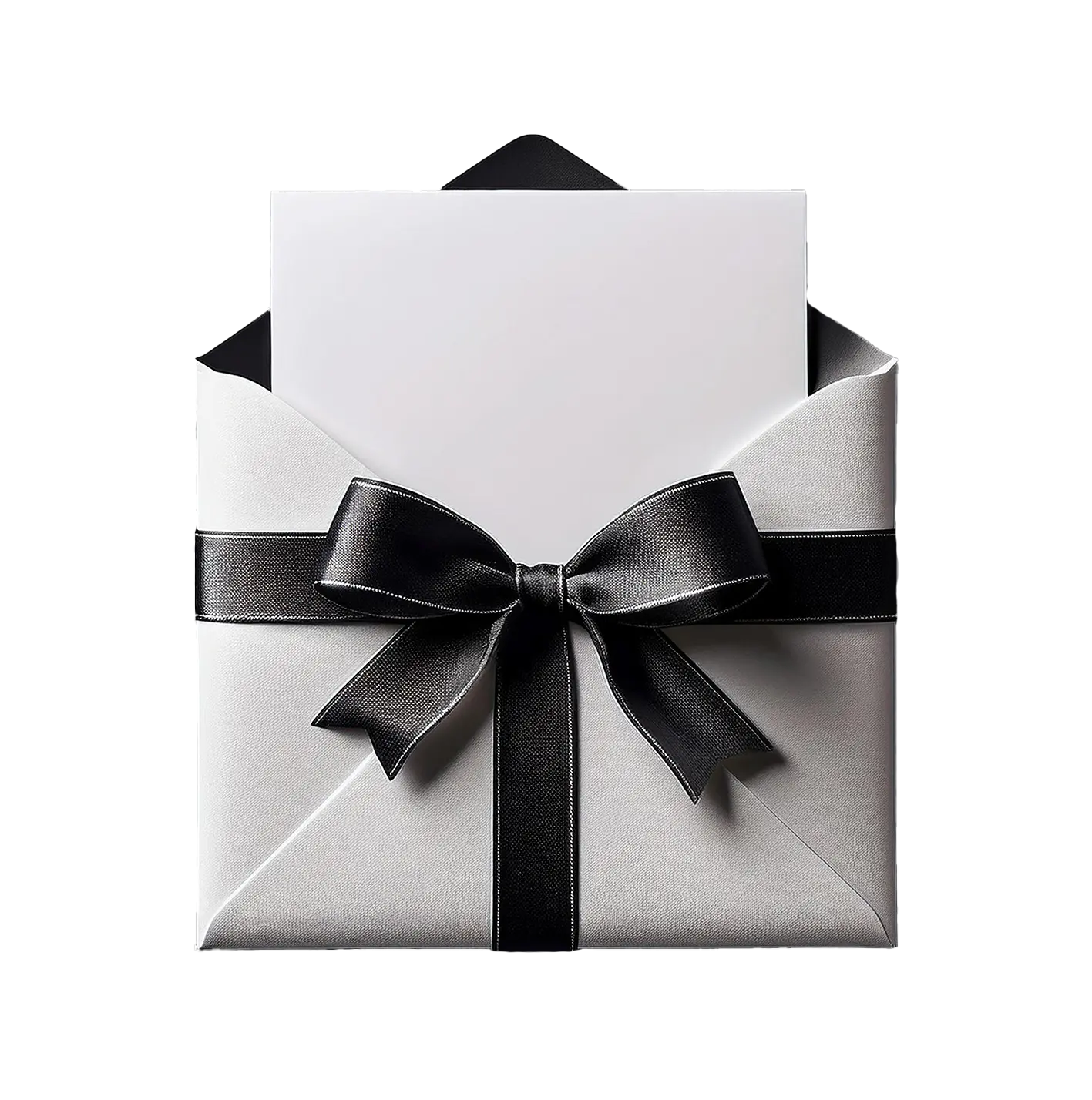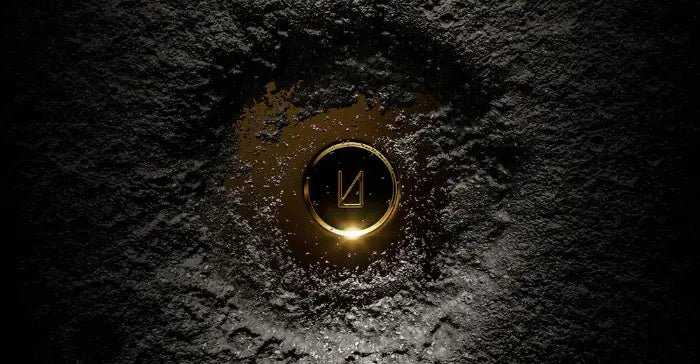Questions & Answers
REPLACEMENT PARTS
What is the difference between aluminium and brass?
Both aluminium and brass are metals, but they differ in properties and uses:
- Composition: Brass is an alloy primarily made of copper and zinc, while aluminium is a pure elemental metal.
- Weight: Aluminium is lighter than brass.
- Colour: Aluminium has a silvery-white appearance, while brass has a golden-yellow hue.
- Corrosion: Aluminium forms a protective oxide layer making it more resistant to corrosion, while brass can tarnish or corrode, especially in the presence of certain chemicals or moisture.
What is the difference between plated and un-plated components.
The primary difference between plated and un-plated components lies in their finish and maintenance requirements. Un-plated models are buffed without any additional coating, which allows them to naturally develop a patina over time. This patina gives the product a unique character, but if you prefer the original shine, it can be restored with simple re-polishing. On the other hand, plated and chrome-plated models come with a protective coating that ensures a lasting shine, eliminating the need for regular polishing.
Please note, only un-plated models can be engraved. Explore Personalised Engraving Collection.
Can I polish the metals? What would be the best product to use?
If you decide to polish the metal shell, please don’t forget to remove the leather top before proceeding. Search for a high-quality polishing cream or a toothpaste and a soft cloth.
Tip: the softer the cloth – the better are results.
Why does my USB-C port feel tight when I plug in the cable?
Given that the mouse's shell is crafted from metal and each mouse is hand-made, the USB-C port might require a brief break-in period. If you feel that USB-C is too tight to plug-in, then we would recommend plugging it in with a bit of force. Most of the time, by forcing in the USB cable for the first time, the port does get looser after repeated use.
Are replacement tops and shells compatible with all Pointer Instruments?
Yes, replacement tops, and shells are universally compatible with all Pointer Instruments, ensuring seamless integration and maintaining the device's performance and aesthetics. Always ensure to follow the installation instructions for optimal fit.
What steps should I take if the responsiveness of a button on my leather top feels off?
Should you find an issue with the responsiveness of your leather top button, rest assured that this is a rectifiable situation. We are happy to provide you with an adjustment tool and will guide you through the steps to get your button functioning optimally.
The adjustment tool is designed to fine-tune the buttons to your liking, making them more or less sensitive as needed. Given the natural properties of leather, it can expand or contract depending on the humidity or dryness of its environment. This may occasionally require slight button adjustments. While we strive to ensure the utmost protection during packaging and shipping, external factors such as storage conditions during transit or handling by the shipping company can occasionally affect the product.
Get in touch with us to request the tool. View Adjustment Tool Guide.
Can I apply leather-care products?
We would not recommend applying leather care products.
What would be the best way to clean the leather?
Please apply cleaning products specifically made for leather. We would recommend cleaning leather in a similar way as you would clean a leather steering wheel in a car.
Tip: if the leather gets dry – use cream.
What should I do if my new replacement top doesn't properly fit my old Pointer Instrument?
If the leather top doesn't fit or appears misaligned, it could be due to the inherent nature of leather to expand or contract under varying humidity levels. The journey your mouse took during transportation might have exposed it to conditions that affected the leather's size. It's possible that it was subjected to an environment that was too humid or dry.
To address this, gently remove the leather top and make minor adjustments by slightly bending it and its buttons to the desired position. Given the flexibility of leather, this should easily rectify the misalignment. Remember, leather is resilient, so minor tweaks should help it fit perfectly on your Pointer Instrument.
Can I replace the parts of the mouse myself?
Yes, our design emphasises repairability. The Pointer Instrument employs screws, which allow full disassembly. Combined with the plug-and-play properties of the Omron switches, potential replacements can be hassle-free. Explore our Disassembly Guide.
How can I maintain my mouse and the replacement parts?
Maintenance tips for your Pointer Instrument:
- Remove the top, and wipe the top with a soft cloth to remove dirt.
- For the brass or aluminium components, if it's un-plated and you notice tarnishing, you can re-polish it to restore its shine.
- Make sure the USB-C port is dust-free.
- Ensure that the magnetic latch mechanism is free from debris for smooth swaps of covers.
- Clean the Track on Glass sensor gently with a soft cloth to ensure optimal tracking.
How to connect my new 2.4G dongle to my old Pointer Instrument?
- Turn off the mouse under dongle mode.
- Insert the dongle into a computer, and wait for the computer to recognise the dongle (a pop-up message to say it is detected)
- Turn on the mouse whilst pressing both the left and right buttons. (Make sure both buttons are pressed down during the switching on the process, try to hold both buttons down for 5 seconds to allow the paring process to complete)
- The dongle should then be paired with the mouse.




